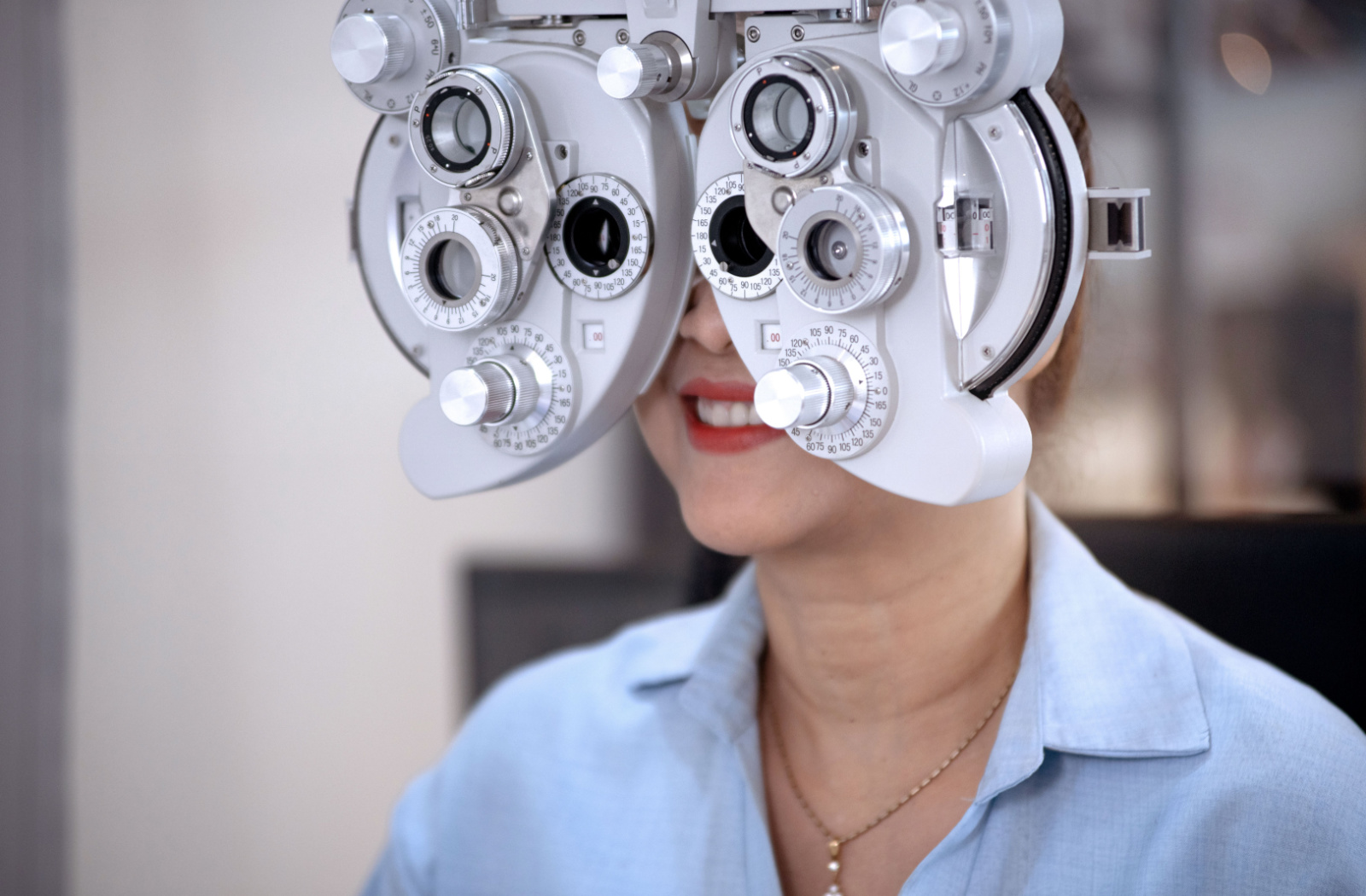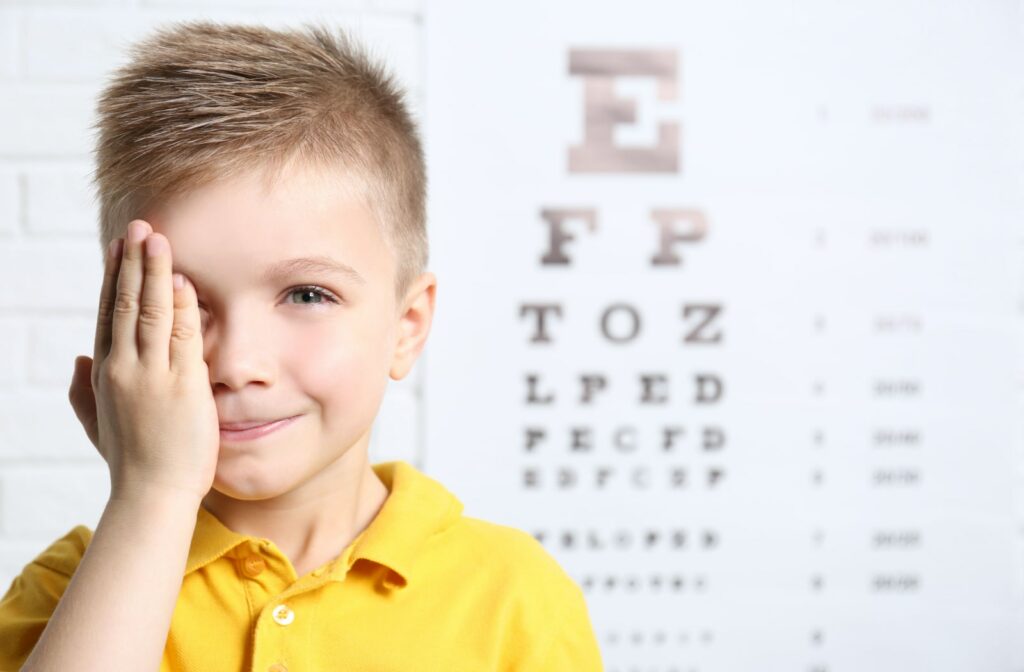All Categories
Featured
Low vision, a condition where traditional glasses, call lenses, or surgery can not fully restore view, can make daily tasks challenging. Fortunately, low vision rehab supplies a variety of resources to help people maintain their freedom and quality of life. This post discovers the alternatives available for those seeking support in handling their visual problems.
What Is Reduced Vision Rehab?
Low vision rehab is a structured strategy to help individuals maximize their staying vision and adjust to new methods of performing everyday jobs. Professionals function with patients to establish tailored methods, incorporating tools, strategies, and training programs that match their distinct needs.
![]()
Key Options for Reduced Vision Recovery
Vision Enhancing Instruments
Optical Aids: Instruments like magnifiers, telescopic glasses, and special analysis lenses can boost clearness for analysis, creating, and various other close-up activities.
Electronic Visual Aids: Tools such as electronic magnifiers and mobile video clip magnifiers provide flexible zoom abilities for various tasks.
Wearable Innovation: Smart glasses outfitted with electronic cameras and voice responses deal cutting-edge options for boosting vision.
![]()
Assistive Modern Technology
Screen visitors, text-to-speech applications, and devices with voice commands make innovation accessible for people with low vision.
Smartphone applications, such as navigating help and item recognition devices, aid customers connect with their environments more efficiently.
Training and Treatment
Alignment and Wheelchair Training: Professionals educate abilities for navigating rooms securely, consisting of the usage of white walking sticks or guide canines.
Daily Living Skills Educating: Recovery programs offer methods for cooking, cleaning, and personal treatment, guaranteeing that individuals can perform vital jobs independently.
Aesthetic Skills Training: Exercises created to enhance using remaining field of vision can improve visual functionality.
Ecological Adaptations
Adjustments to living or work spaces can substantially boost availability. Examples consist of:
Installing brighter lights.
Adding high-contrast markings to home appliances.
Setting up furnishings to create clear paths.
Support Networks
Mental and psychological support is an essential component of rehabilitation. Support system, therapy sessions, and counseling services can help people cope with the obstacles of vision loss.
![]()
Peer networks link people with comparable experiences, fostering a feeling of neighborhood and shared understanding.
How to Access Reduced Vision Rehab Solutions
Reduced vision recovery services are typically supplied by:
Low Vision Clinics: Run by eye doctors and optometrists focusing on vision problems.
Occupational Therapists: Specialists in adjusting settings and tasks to suit specific requirements.
Not-for-profit Organizations: Groups such as the American Structure for the Blind (AFB) or regional loss of sight assistance organizations use important sources and referrals.
Verdict
Coping with low vision can feel overwhelming, however with the best assistance and devices, people can remain to lead satisfying lives. Low vision rehab provides a selection of resources tailored to boost capability, increase confidence, and improve top quality of life. Consider getting to out to a specialist or rehabilitation center to discover the several options offered if you or an enjoyed one is dealing with the challenges of low vision. With each other, these solutions make certain that vision loss does not define or limit one's capacity.
What Is Reduced Vision Rehab?
Low vision rehab is a structured strategy to help individuals maximize their staying vision and adjust to new methods of performing everyday jobs. Professionals function with patients to establish tailored methods, incorporating tools, strategies, and training programs that match their distinct needs.

Key Options for Reduced Vision Recovery
Vision Enhancing Instruments
Optical Aids: Instruments like magnifiers, telescopic glasses, and special analysis lenses can boost clearness for analysis, creating, and various other close-up activities.
Electronic Visual Aids: Tools such as electronic magnifiers and mobile video clip magnifiers provide flexible zoom abilities for various tasks.
Wearable Innovation: Smart glasses outfitted with electronic cameras and voice responses deal cutting-edge options for boosting vision.

Assistive Modern Technology
Screen visitors, text-to-speech applications, and devices with voice commands make innovation accessible for people with low vision.
Smartphone applications, such as navigating help and item recognition devices, aid customers connect with their environments more efficiently.
Training and Treatment
Alignment and Wheelchair Training: Professionals educate abilities for navigating rooms securely, consisting of the usage of white walking sticks or guide canines.
Daily Living Skills Educating: Recovery programs offer methods for cooking, cleaning, and personal treatment, guaranteeing that individuals can perform vital jobs independently.
Aesthetic Skills Training: Exercises created to enhance using remaining field of vision can improve visual functionality.
Ecological Adaptations
Adjustments to living or work spaces can substantially boost availability. Examples consist of:
Installing brighter lights.
Adding high-contrast markings to home appliances.
Setting up furnishings to create clear paths.
Support Networks
Mental and psychological support is an essential component of rehabilitation. Support system, therapy sessions, and counseling services can help people cope with the obstacles of vision loss.

Peer networks link people with comparable experiences, fostering a feeling of neighborhood and shared understanding.
How to Access Reduced Vision Rehab Solutions
Reduced vision recovery services are typically supplied by:
Low Vision Clinics: Run by eye doctors and optometrists focusing on vision problems.
Occupational Therapists: Specialists in adjusting settings and tasks to suit specific requirements.
Not-for-profit Organizations: Groups such as the American Structure for the Blind (AFB) or regional loss of sight assistance organizations use important sources and referrals.
Verdict
Coping with low vision can feel overwhelming, however with the best assistance and devices, people can remain to lead satisfying lives. Low vision rehab provides a selection of resources tailored to boost capability, increase confidence, and improve top quality of life. Consider getting to out to a specialist or rehabilitation center to discover the several options offered if you or an enjoyed one is dealing with the challenges of low vision. With each other, these solutions make certain that vision loss does not define or limit one's capacity.
Latest Posts
Uncover Exceptional Car Repair Solutions from Montclare Auto Repair – Keep Your Car Running Smoothly
Published en
1 min read
Explore Premier Vehicle Maintenance Services from Montclare Auto Repair – Keep Your Car Running Smoothly
Published en
1 min read
Specialist Business Roofing Solutions in North Platte, Nebraska
Published en
2 min read
More
Latest Posts
Uncover Exceptional Car Repair Solutions from Montclare Auto Repair – Keep Your Car Running Smoothly
Published May 29, 25
1 min read
Explore Premier Vehicle Maintenance Services from Montclare Auto Repair – Keep Your Car Running Smoothly
Published May 27, 25
1 min read
Specialist Business Roofing Solutions in North Platte, Nebraska
Published May 23, 25
2 min read